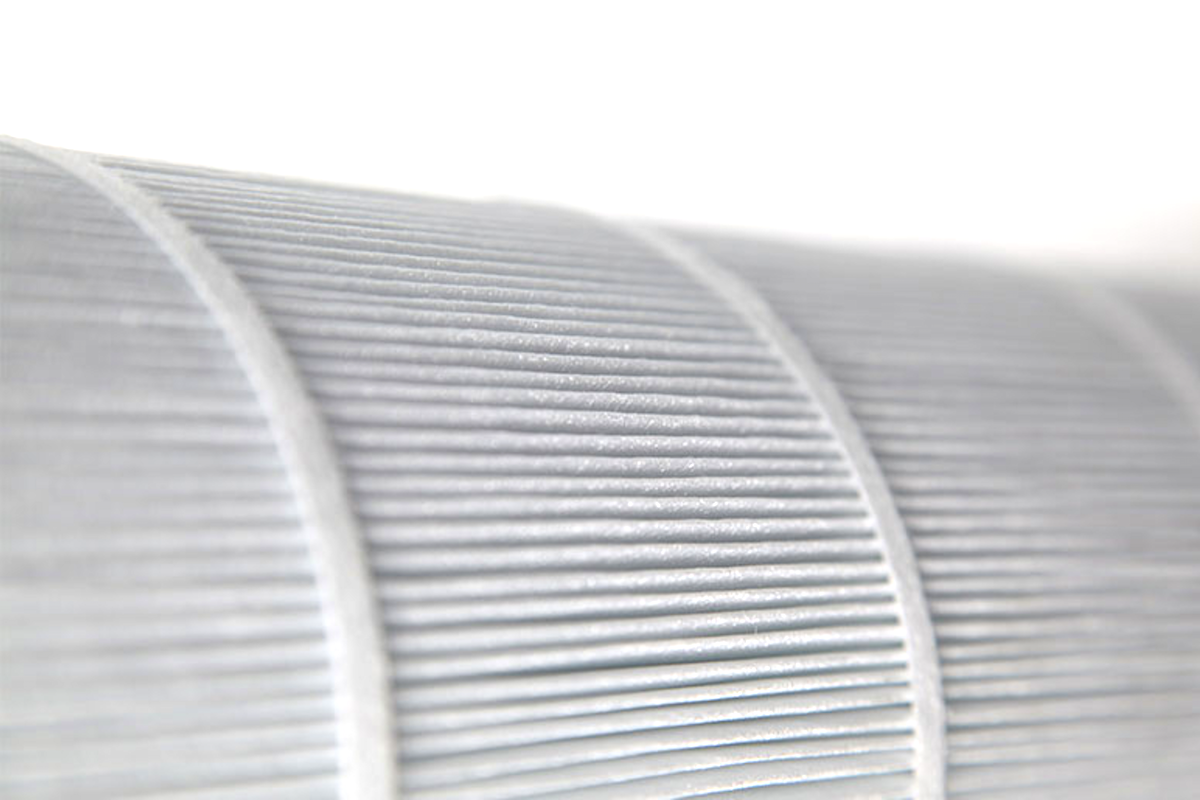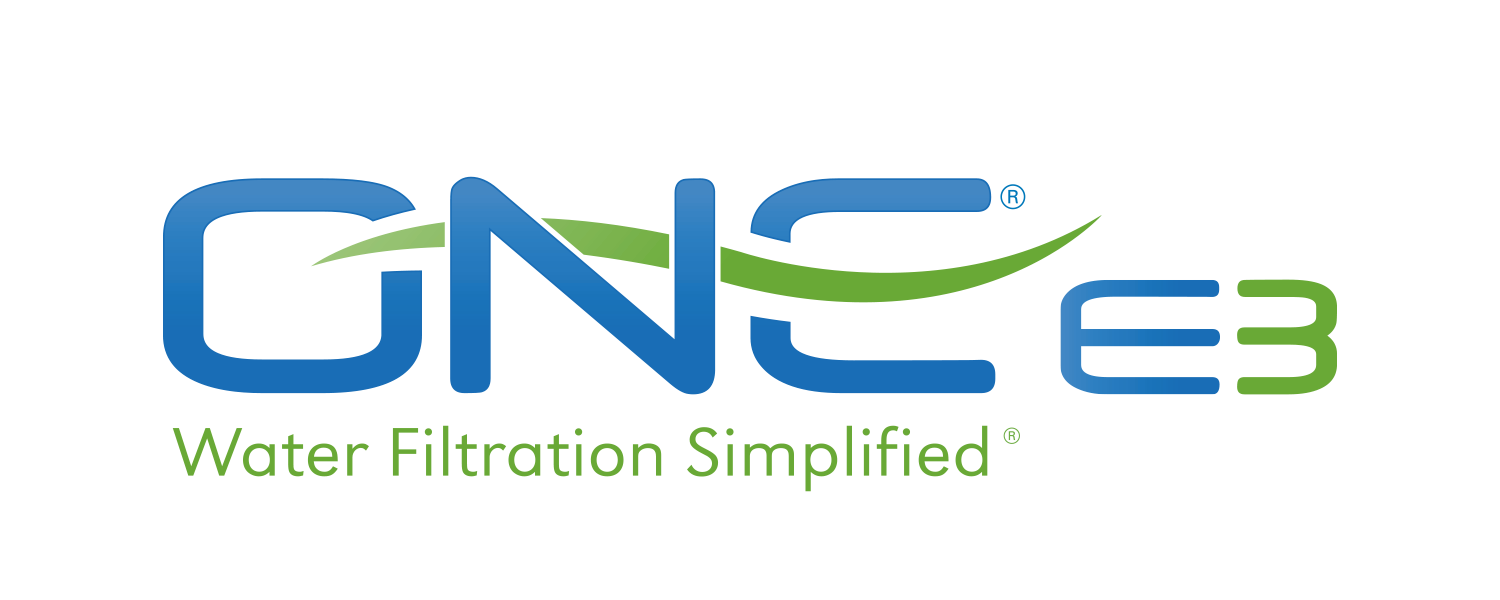In simple terms, water filtration works by moving water through the small pores of a filter. The pores enable the water to move through while stopping particles contained in it—thus removing them from the water. But not all filters remove all particles since pore sizes differ.
Three specific terms used when discussing particle removal in water filters are Microfiltration, Ultrafiltration, and Nanofiltration. Most people who see these terms may not know exactly what they mean. Here’s a quick guide to how they differ, based on info provided by the CDC:
Microfiltration – These filters have a pore size of approximately 0.1 micron (small). They have a very high effectiveness in removing protozoa, moderate effectiveness in removing bacteria, and are not effective in removing viruses or chemicals.
Ultrafiltration – These filters have a pore size of approximately 0.01 micron (smaller). They have very high effectiveness in removing protozoa and bacteria, moderate effectiveness in removing viruses, and low effectiveness in removing chemicals.
Nanofiltration – These filters have a pore size of approximately 0.001 micron (smallest). They have very high effectiveness in removing protozoa, bacteria, and viruses, and moderate effectiveness in removing chemicals.



